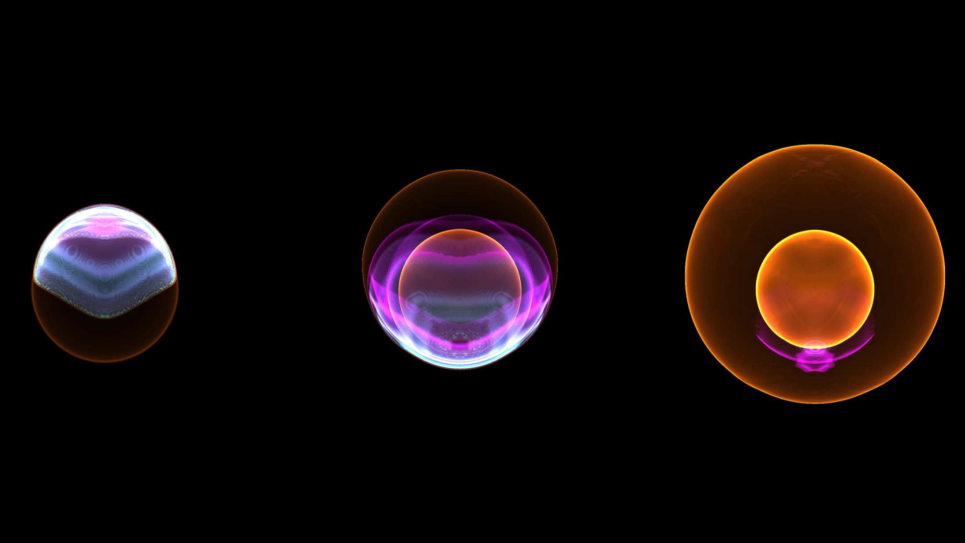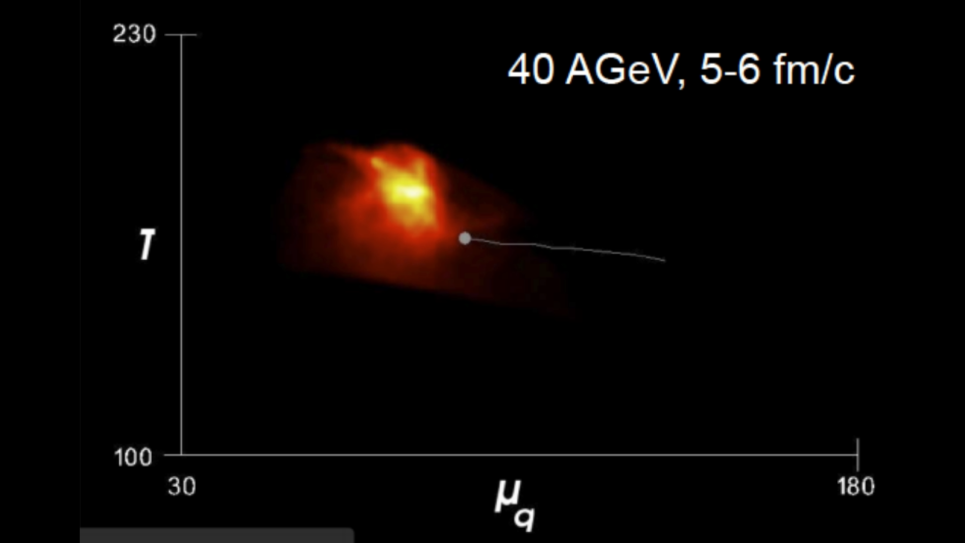Researchers will use Theta to reconstruct the full dataset of neutrinos from the NuMI neutrino beam using the MicroBooNE detector at Fermilab, and to perform high-precision measurements of the electron-neutrino cross-section on argon and the KDAR muon neutrino cross-section. Their project will also aid in the search for exotic particles beyond the standard model using the five years of data acquired by the MicroBooNE detector.
The aim of this project is to use high-performance computing (HPC) to reconstruct the full dataset of neutrinos from the NuMI beam using the MicroBooNE detector, to perform the most precise measurements of electron-neutrino interactions on argon, as well as interactions of neutrinos originating in Kaon decays-at-rest (KDAR) and searches for decays of Beyond the Standard Model particles. In the last few years Liquid Argon Time Projection Chambers (LArTPCs) have become the go-to detector in neutrino physics. They are employed to answer key questions in particle physics and cosmology: the search for a new, fourth neutrino state via short-baseline oscillations in the Short-Baseline Neutrino (SBN) program at Fermilab, and the international Deep Underground Neutrino Experiment (DUNE) measurement of CP violation in the neutrino sector, will all use LArTPCs. Both of these measurements will rely on precise measurements of electron neutrinos appearing, through neutrino oscillations, in a muon neutrino beam. Independent measurements of electron-neutrino interaction properties on argon, combined with measurements of KDAR neutrinos at well-defined energies would be therefore greatly beneficial to the DOE-funded International Liquid Argon neutrino program at Fermilab. Finally, any new physics found in the form of exotic particles would have a huge impact on physics and the future of the neutrino and dark matter programs.
With this ALCC project, researchers will use the ALCF’s Theta supercomputer to perform three measurements: a high-precision measurement of the electron-neutrino cross-section on argon, the measurement of the KDAR muon neutrino cross-section, and search for exotic particles beyond the standard model using the five years of data acquired by the MicroBooNE detector. This will require processing the reconstruction algorithms on the raw data acquired by the detector as well as generating a corresponding sample of simulated events to compare to the data. The resulting measurements would be thus the first LArTPC physics analyses performed fully using HPC processing, and would serve as a template for future experiments such as the SBN program and especially DUNE. Given the current times of data processing in MicroBooNE, the use of HPC resources is necessary to perform this measurement in a reasonable time frame.

